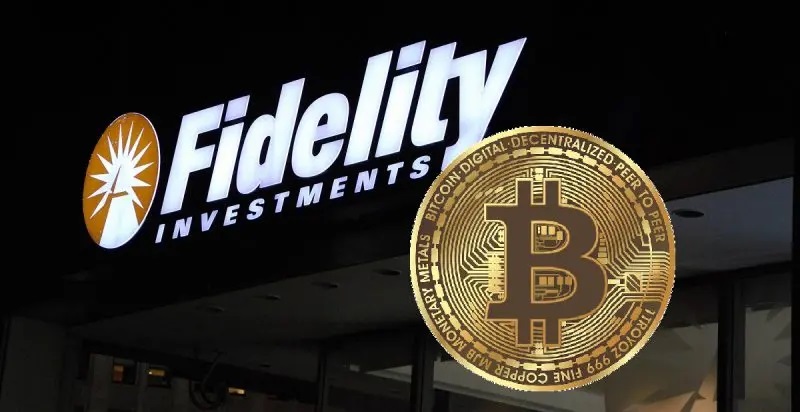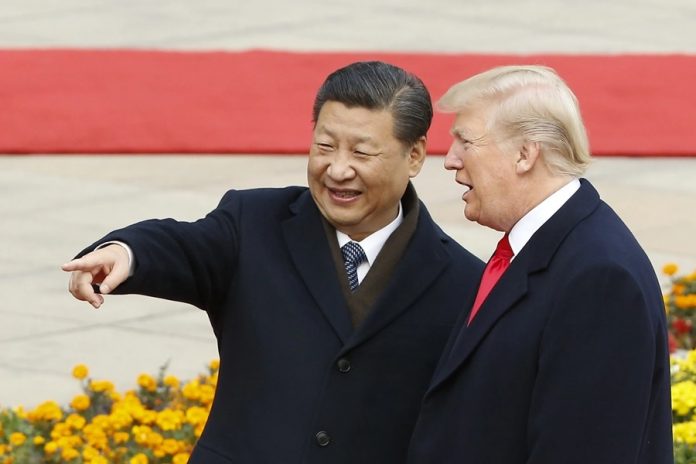Fidelity Investments has made Solana (SOL) available for direct purchase, sale, and trading through standard brokerage accounts for eligible U.S. customers.
This update was announced and rolled out on October 23, 2025, marking a significant step in mainstreaming access to Solana alongside established cryptocurrencies like Bitcoin (BTC), Ethereum (ETH), and Litecoin (LTC).
SOL trading and custody are now supported across multiple Fidelity platforms, including: Retail brokerage accounts. Fidelity Crypto for IRAs. Wealth management services. Institutional trading platforms via Fidelity Digital Assets.
This allows customers to buy SOL directly without needing a separate specialized crypto account. Trades are commission-free, though a ~1% spread applies. Access is limited to eligible U.S. states not nationwide yet, due to regulatory variations.
Requires an existing Fidelity brokerage account. Fidelity, managing $5.8 trillion in assets under management (AUM), has been expanding its crypto services since 2014, starting with Bitcoin mining and evolving to include spot ETFs and tokenized assets.
The addition coincides with Hong Kong’s approval of the first spot Solana ETF by ChinaAMC, launching October 27, 2025, which contributed to SOL’s price surge of ~6% to around $192 on the announcement day. Fidelity was an early filer for a U.S. spot Solana ETF in March 2025, reflecting its bullish stance on Solana’s ecosystem, which boasts 2.4 million daily active users and strong DeFi, NFT, and meme token activity.
This move democratizes Solana access for retail investors, potentially driving higher liquidity and adoption. Analysts note it could boost demand from Fidelity’s vast client base, including institutional players like pension funds, while signaling broader institutional confidence in Solana amid ongoing U.S. ETF approval delays.
Implications of Fidelity Offering Solana for Brokerage Customers
By integrating SOL into standard brokerage accounts, Fidelity lowers the barrier for its millions of retail clients to invest in Solana without needing specialized crypto accounts. This mainstreams SOL alongside traditional assets like stocks and bonds.
Fidelity’s $5.8 trillion AUM and services for wealth management and institutional clients via Fidelity Digital Assets could attract pension funds, family offices, and other large players, boosting SOL’s credibility and demand.
Expanded access through a major platform like Fidelity is likely to increase SOL trading volume, improving market liquidity and potentially reducing volatility over time. The announcement contributed to a ~6% SOL price surge to ~$192 on October 23, 2025, driven by both Fidelity’s move and Hong Kong’s spot Solana ETF approval.
Continued inflows from Fidelity’s client base could sustain upward price momentum, though short-term volatility may persist due to market dynamics. Fidelity’s early filing for a U.S. spot Solana ETF and this rollout signal strong belief in Solana’s ecosystem, which leads in DeFi, NFTs, and meme tokens with 2.4 million daily active users.
This could encourage other financial institutions to follow suit, further legitimizing SOL. It positions Solana as a top-tier cryptocurrency alongside Bitcoin and Ethereum, potentially attracting more developers and projects to its blockchain.
Traditional brokerages like Fidelity offering crypto trading directly challenges dedicated exchanges like Coinbase, Binance. Investors may prefer Fidelity’s integrated platform for its familiarity, security, and commission-free trades despite the ~1% spread, potentially shifting market share.
While Fidelity’s move doesn’t guarantee U.S. spot Solana ETF approval, it strengthens the case by demonstrating demand and infrastructure readiness. Delays in U.S. ETF approvals contrast with Hong Kong’s progress, which could pressure U.S. regulators.
Solana’s inclusion could pave the way for other altcoins to be offered by traditional financial institutions, accelerating crypto’s integration into mainstream finance. It may spur competition among brokerages (e.g., Schwab, Vanguard) to expand their crypto offerings, benefiting investors with more choices.
Easy access to SOL via Fidelity accounts allows portfolio diversification, especially for those bullish on Solana’s high-throughput blockchain and growing ecosystem. Regulatory uncertainty, market volatility, and the ~1% spread on trades should be considered.






